Defector has a fantastic article this week from writer Keith Paradise titled The Rise And Fall Of Starter, The Coolest Company On Earth. Starter, of course, was an early maker of licensed sports apparel. Those awesome “satin” warmup jackets were their most famous product. (If you don’t subscribe just pay the $10 to read this and cancel it.)
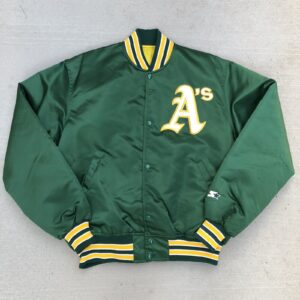
There is a lot of very interesting human drama in the Starter story but for the purposes of this (decidedly inhuman) blog let’s focus on the raw numbers timeline they’ve put together.
As I discussed in Part Two of the David Stern files, massive increases in new sports revenue streams started to really take off in the mid-1980s. Cable deals and public money giveaways for stadiums were two big ones but as I added: “I suspect licensed apparel has undergone similar double digit real growth but I can’t find the numbers yet.” Well Defector has found some numbers and they are right in line with our theories.
When the 1970s started there was almost no licensed apparel business in all the major sports. The Starter founder and CEO noticed the numbers of jackets that one small shop near Fenway was selling and put together the first nationwide licensed apparel deal with Major League Baseball. There are all kinds of amazing anecdotes in the piece:
When White met with a council of owners to discuss the idea, Yankees owner George Steinbrenner belligerently lit into the young employee. It was a modern twist on George Weiss’s decades earlier gripe: What happens when someone gets arrested and makes the news wearing a Yankees jacket?
Keith Paradise, Defector, Starter story, June 29, 2023
The initial deal was for a $25,000 fee and 5% of wholesale gross. This was in around 1976. The real vanguard was MLB. With hats and warmup jackets worn on field during games, the TV broadcast is a showcase of consumer-wearables. The NBA was no different from the rest, with barely any sales pre-1977 and the decade of the 1980s spend exploring and expanding.
With the NBA, Marshall discovered 90 percent of the league’s revenue was from non-apparel, possibly because the offerings were terrible. “There was one company that made t-shirts and their idea of a Knicks t-shirt was a brown t-shirt with an orange logo,” he said. “They didn’t even understand colors. It was a real mess.”
ibid
The owners and commissioners had to be dragged along by hustlers whose entire business life was selling apparel. Of course after getting hit over the head with dollars for a few years they started to see the wisdom and looked for bigger and bigger deals. But the main idea remains: Major sports teams were extremely popular before 1977-1984 but much much less profitable than they are now. All major sports benefited from a special set of new revenue streams that expanded rapidly in the mid-1980s. There was nothing particularly special about the NBA, or David Stern. All franchises across all major sports benefited. By measures of abstract popularity “sports” didn’t change much in its position in the American psyche between 1960 and 1990. (If anything it went down.) But the US as a whole got much wealthier and sports teams were specially positioned to grab an ever-increasing share of that wealth.
What the stands used to look like
It may seem strange today, but people used to go to a game in… clothes. Sometimes even pretty nice clothes. Or just regular clothes. They didn’t wear head-to-toe team apparel because that wasn’t even an option. This is a famous photo that you’ve probably seen taken out of context:
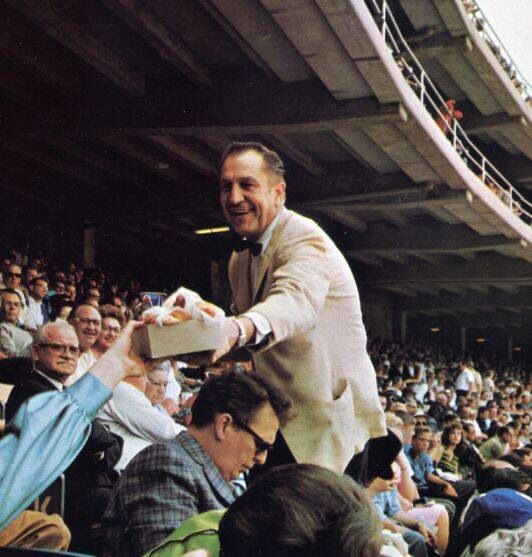
This is Vincent Price at Dodger Stadium. It can be found in his cookbook A Treasury of Great Recipes (1965). (At one time this was the most purchased book on abebooks.com. They reprinted it recently. My vintage copy was recently destroyed so I am going off someone’s random scan. It’s a 10.)
Since the book was published in 1965 and Dodger Stadium opened in 1962 we can date it to that range. I see one hat lower right but otherwise not a shred of Dodger Blue on anyone. Youtube has a few full broadcasts of old games up. Thanks to youtube user @timmccartney2136 I spent a few minutes scanning some 1979 shots of crowds.
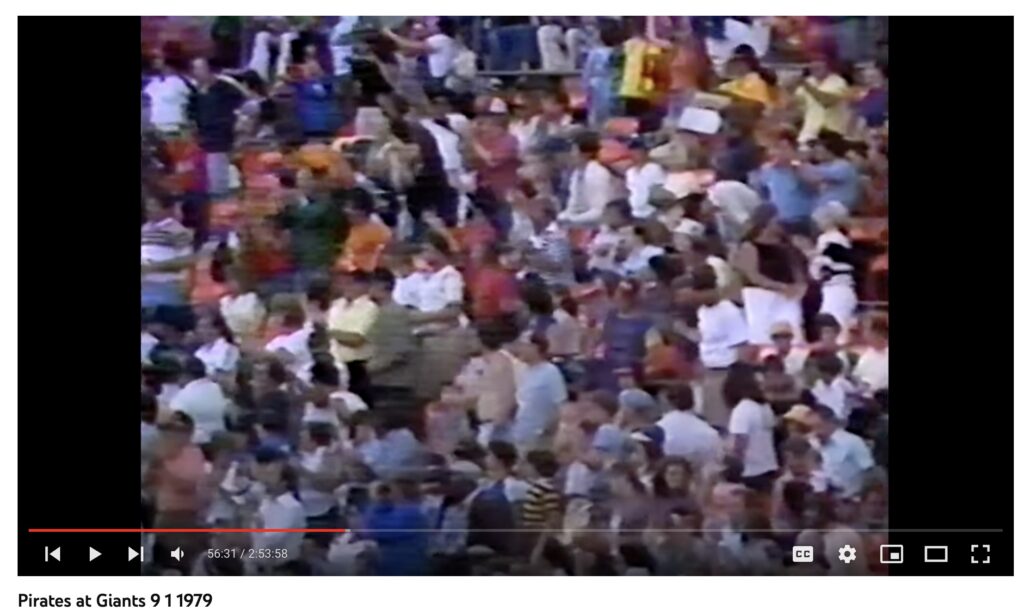
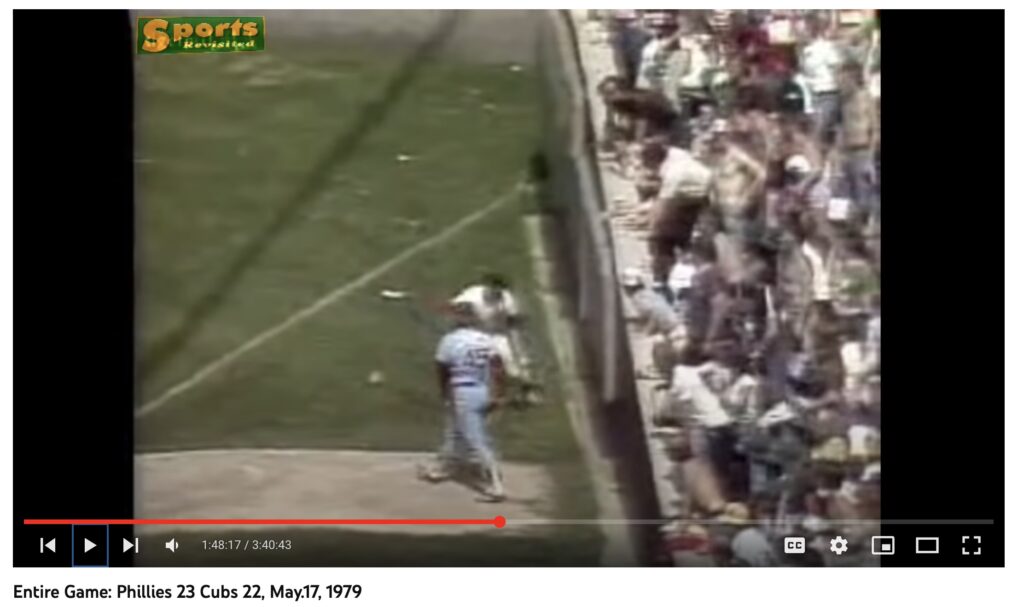
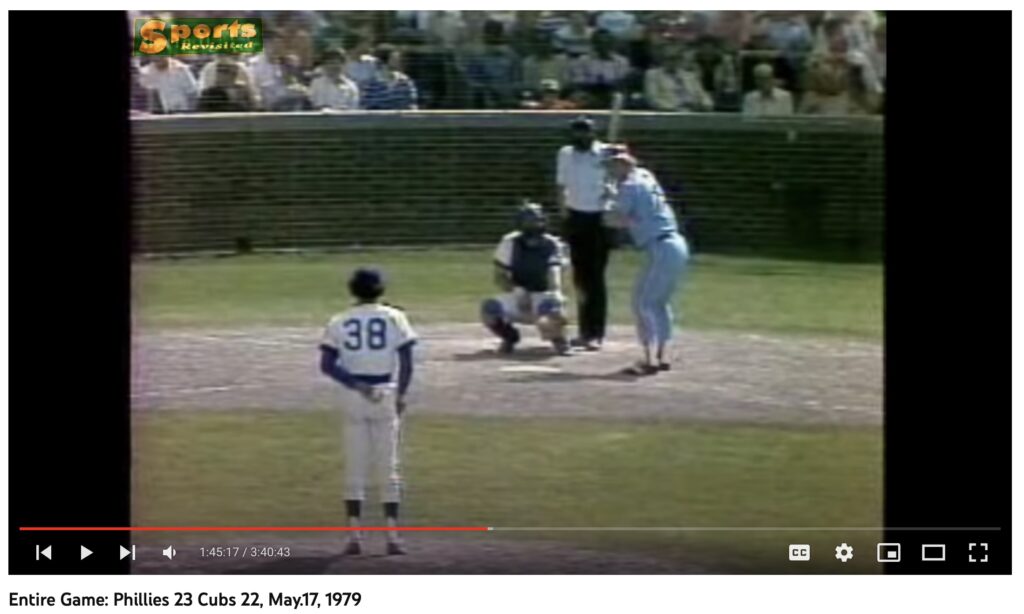
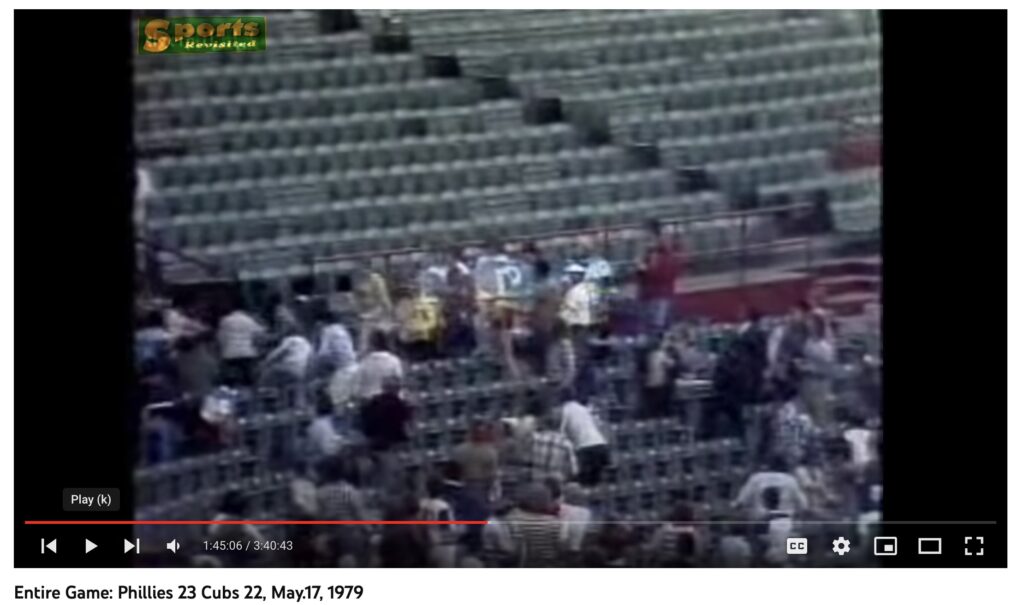
There might be a little orange in that first one but nothing like what you’d see today. This is from 1979, right in that nascent period when Starter was just getting going and Stern was just taking over.
Of course, people don’t just wear branded apparel at the game. Part of the apparel revolution is that everyday life is now blanketed with sports logos. The friendly faces all around you are human billboards for the NBA and other leagues. With this difference in the actual visible landscape of American life it’s easy to get caught up in the Stern disinformation myth that “the NBA is so much more popular than it was before he took over.” As we discussed in part two there is no basis for that when you look at actual popularity surveys and measures like ticket sales. But it’s true that our mental picture of the pre-Stern landscape doesn’t include all these team logos walking around. That whole side of the world didn’t exist yet. Even in everyday life people used to just wear… clothes.
Back to the numbers
Starter and the rest of the apparel industry really ramped in those years after 1984. “Starter’s sales increased from $58.9 million in 1989 to $124.6 million the following year, then $356 million the next.”
The Defector article mentions a 1992 Sports Illustrated article about the merch boom and fortunately it exists online on the vault site: THE NATIONAL FOOTBALL LEAGUE HAS A BIG WINNER IN ITS MARKETING AND LICENSING ARM. Here’s the rough shape of the graph for the NFL: “By 1969 NFL Properties was generating about $1.5 million in gross revenues from corporate sponsorships and from the sale of licensed products. Ten years later the figure had jumped to $100 million, and by 1986 it had hit $500 million.”
So, barely anything entering the 1970s, ramp up to $100mm by the end of decade and then 5x by the mid-80s. By 1992 at the time of the article’s writing the gross merch sales had exceeded $2 billion. Meanwhile the leagues’ commissions had grown in percent terms as well. From the Defector article: “By the 1990s, the process was a lot more elaborate and costly—in all leagues. What had started as a modest five percent royalty fee on the wholesale price was growing, up to seven percent, then nine percent, then 11, and ultimately 15 percent by the end of the decade. In addition, Starter and other licensees were now mandated to kick in up-front costs for marketing and advertising.”
The graph has continued to go up. Investopedia thinks merchandise license payments accounted for $1b of direct revenue to NBA teams in 2021. Other sources in Team Marketing Report think apparel alone could be 10% of revenue for the average team.
Where does David Stern fit into all this?
Nowhere in particular and that’s the point. The Defector piece is personality-driven around David Beckerman, the founder/CEO of Starter. It makes the case that he and his merry band of hustlers were the ones who truly “got it” early and created the industry. (Or perhaps they destroyed sports by putting over-commercialized logo crap everywhere you look, depending on your mindset.)
Stern saw the good fortune coming to his franchises and guided them competently with a rough policy of “demand more money.” But he wasn’t unique or exceptional or anywhere near first when it came to figuring out the apparel money machine. Ultimately they turned the crank so hard a few small guys like Starter couldn’t survive. Oh well. Stern is mentioned in the article in the context of “grrrreeeeeed” (spelled like that) and personal betrayal. That’s our guy.